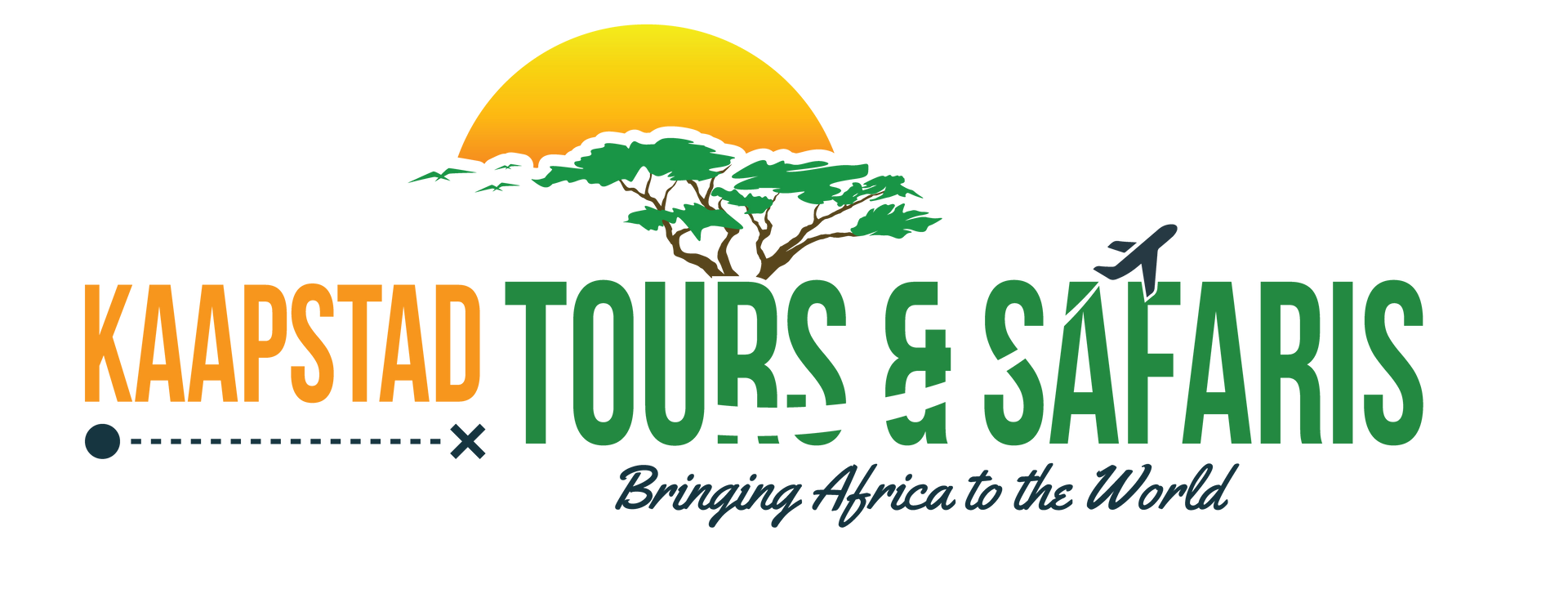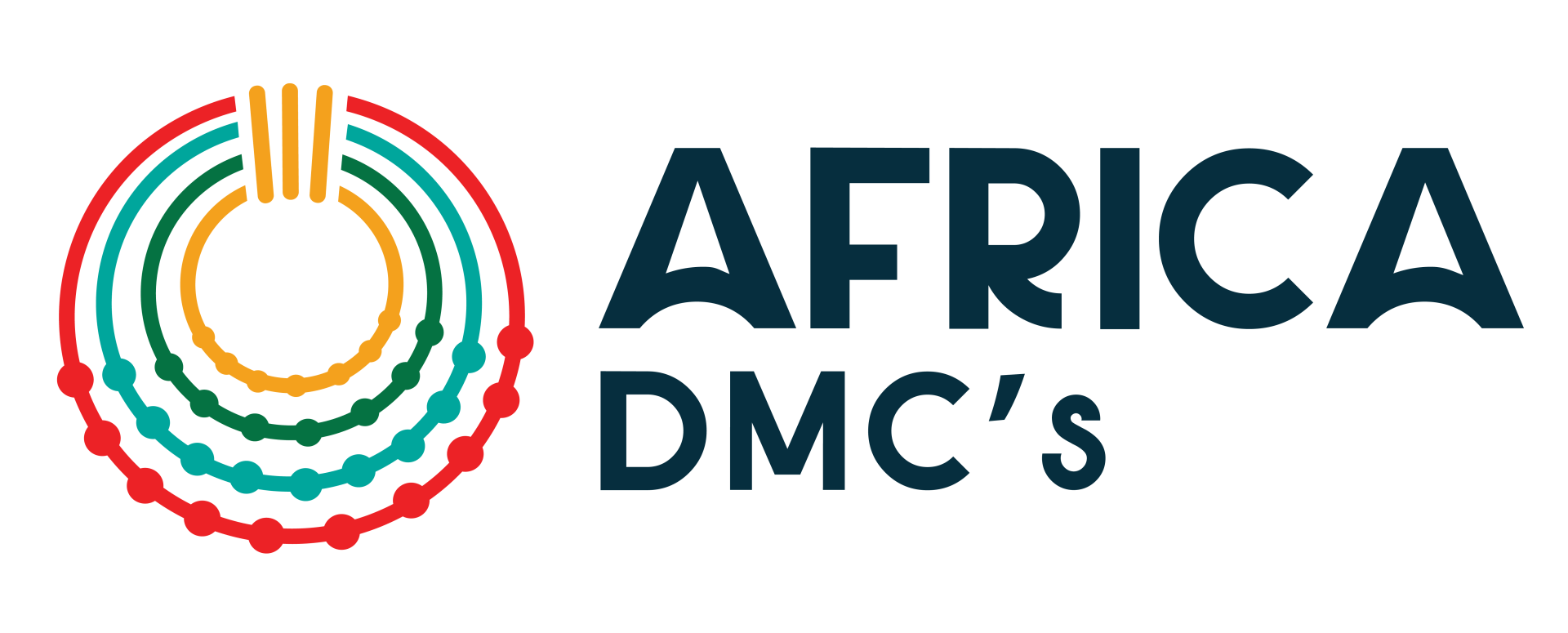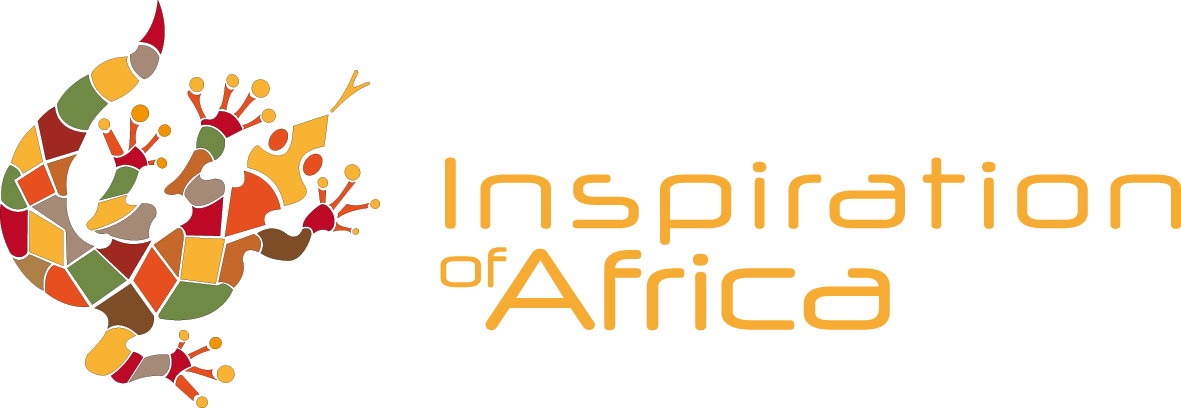eSWATINI
LANDSCAPES AND CULTURE
eSwatini (former name Swaziland): this small kingdom is fully surrounded by South Africa. Travellers go often through the country on their way to Kruger National Park or to KwaZulu-Natal. Especially the Ezulwini Valley region, south of the capital Mbabane, is very popular.
With an area of just over 17,000 km², The Kingdom of eSwatini is the smallest country in the southern hemisphere (comparable to the size of Wales in the United Kingdom, and the state of New Jersey in America). Swaziland covers an area of approximately 193 kilometres from north to south, and 145 kilometres from east to west. Small as it may be, Swaziland is an exciting tourist destination with its art and craft outlets and traditional markets and wildlife reserves. eSwatini is famous for it’s vibrant art and culture. Colourful arts and crafts are available at a wide variety of local markets.
This small kingdom is fully surrounded by South Africa. Travellers go often through the country on their way to Kruger National Park or to KwaZulu-Natal. Especially the Ezulwini Valley region, south of the capital Mbabane, is very popular.
With an area of just over 17,000 square kilometres, The Kingdom of Swaziland is the smallest country in the southern hemisphere (comparable to the size of Wales in the United Kingdom, and the state of New Jersey in America). Swaziland covers an area of approximately 193 kilometres from north to south, and 145 kilometres from east to west. Small as it may be, Swaziland is an exciting tourist destination with its art and craft outlets and traditional markets and wildlife reserves. Swaziland is famous for it’s vibrant art and culture. Colourful arts and crafts are available at a wide variety of local markets.
EZULWINI VALLEY
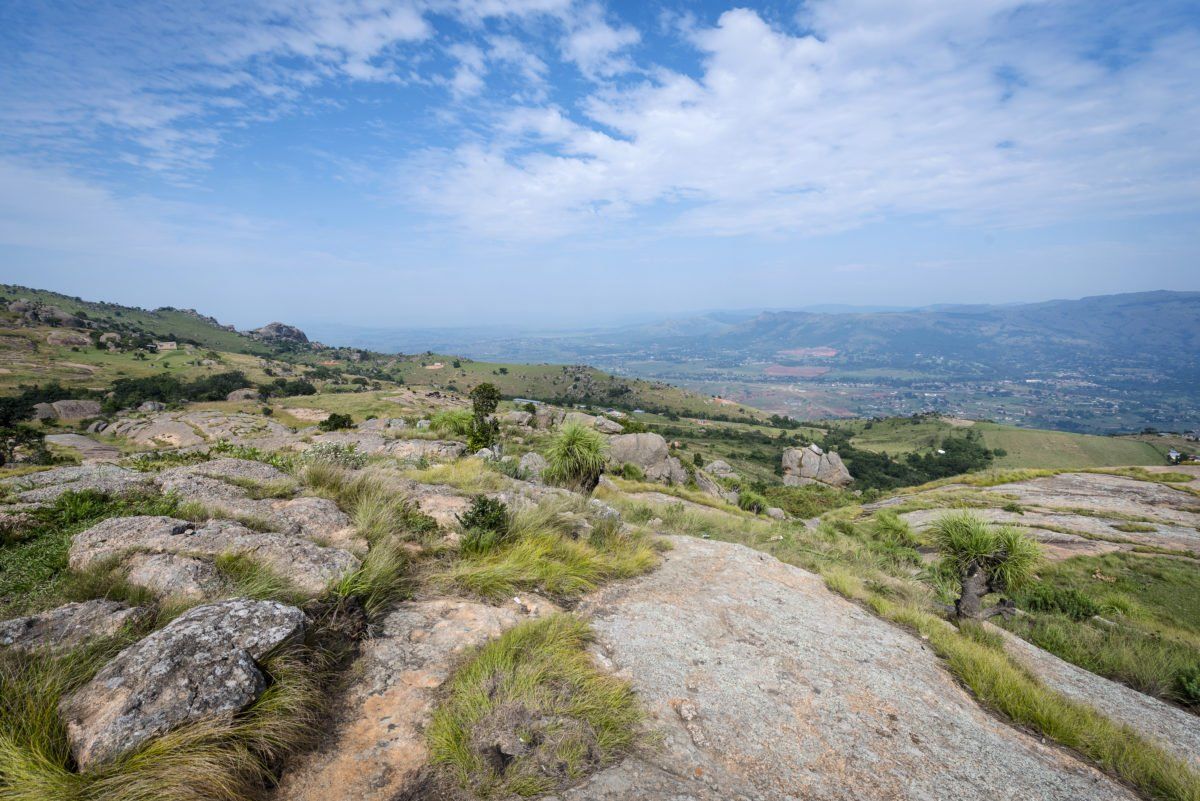
The Ezulwini Valley is eSwatini’s tourist hub. Located between Mbabane and Manzini, and just a ten-minute drive from either, it means "Valley of heaven" and is flanked on both sides by a ridge of rocky hills. Here you’ll find hotels, restaurants, backpacker lodges, handicraft centres, a thermal spa, a golf course, a casino, riding stables and the country’s only cinema. Mantenga, at the eastern end,has a craft centre, waterfall and cultural village. The valley is the most convenient base for a longer stay in Swaziland and, if you have just one day, offers a whistle-stop tour of many key attractions.

The Ezulwini Valley is eSwatini’s tourist hub. Located between Mbabane and Manzini, and just a ten-minute drive from either, it means ‘Valley of heaven’ and is flanked on both sides by a ridge of rocky hills. Here you’ll find hotels, restaurants, backpacker lodges, handicraft centres, a thermal spa, a golf course, a casino, riding stables and the country’s only cinema. Mantenga, at the eastern end,has a craft centre, waterfall and cultural village. The valley is the most convenient base for a longer stay in Swaziland and, if you have just one day, offers a whistle-stop tour of many key attractions.
HLANE ROYAL NATIONAL PARK
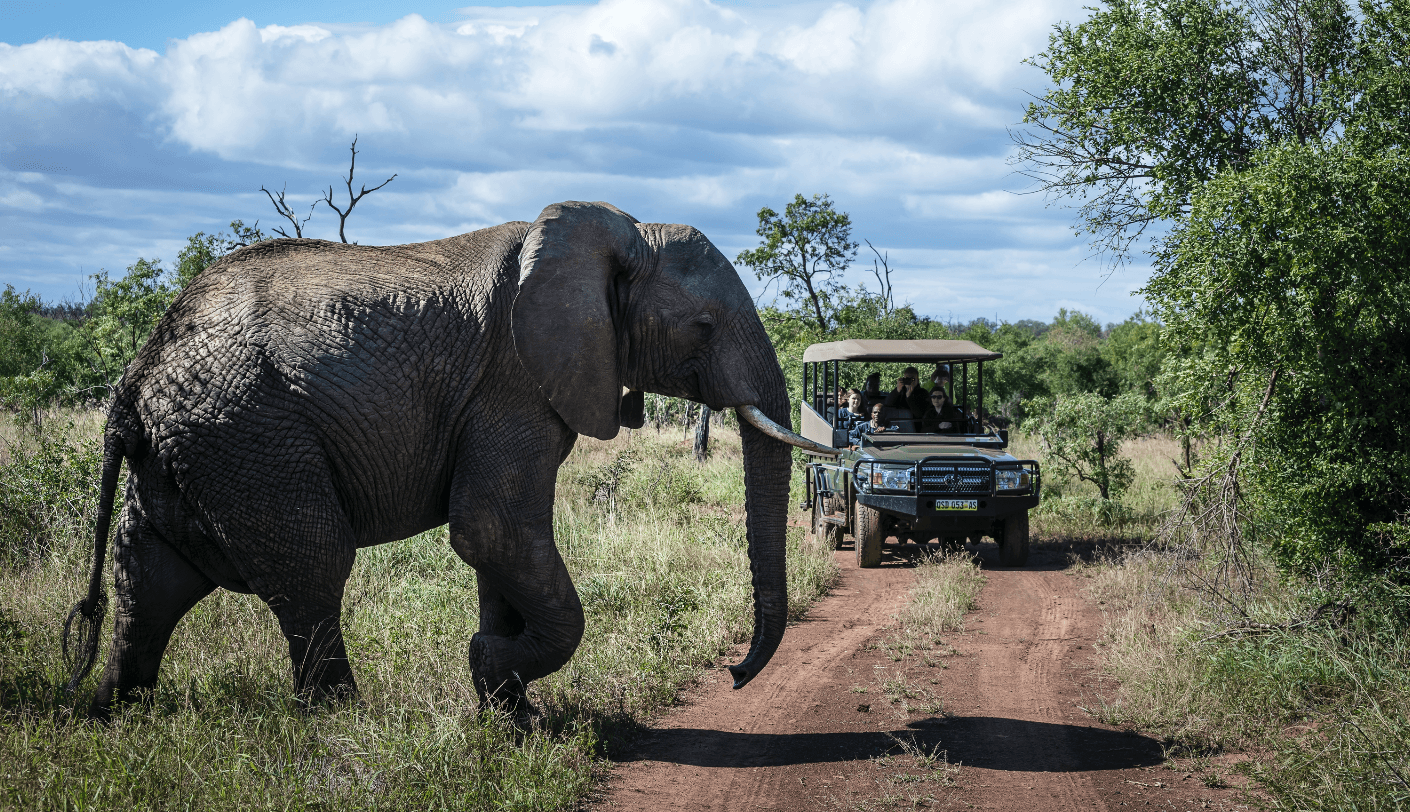
This former royal hunting ground in the north eastern lowveld is Swaziland’s largest protected area and managed by Big Game Parks. Explore the self-guided trails in search of white rhino, elephant, giraffe, zebra and a variety of smaller wildlife – or, to see lions, book a guided game drive with a ranger. Ndlovu Camp offers self-catering accommodation with waterhole viewing; Bhubesi Camp in the north is a secluded bush retreat. Guided walks are available and birdlife is excellent, especially raptors.

This former royal hunting ground in the north eastern lowveld is Swaziland’s largest protected area and managed by Big Game Parks. Explore the self-guided trails in search of white rhino, elephant, giraffe, zebra and a variety of smaller wildlife – or, to see lions, book a guided game drive with a ranger. Ndlovu Camp offers self-catering accommodation with waterhole viewing; Bhubesi Camp in the north is a secluded bush retreat. Guided walks are available and birdlife is excellent, especially raptors.
GENERAL INFORMATION
-
Currency
The Swazi lilangeni(SZL) is the official currency of the Kingdom of Swaziland. The lilangeni is tied to the South African rand(ZAR). Both currencies are tied to each other at a one to one exchange rate.
-
Climate and temperature
Malaria: international visitors do not stay in Swaziland only but rather drive through from north to south.
Malaria prophylaxis is highly recommended for visits to Mpumalanga and Limpopo (Kruger National Park) and KwaZulu/Natal (National Parks of Zululand) in South Africa as well as some of the game reserves in Swaziland itself. Suitable medication is available at local pharmacies. We recommend that you consult your doctor before departure. In addition we recommend that at dusk and down you wear clothing of light colour that covers your arms and legs and to avoid sitting outside. If possible you should sleep under a mosquito net or in a room that has been treated with insect repellent.
-
Health
Bilharzia: The danger of Bilharzia is common in the northern and eastern parts of the country, generally in standing water. It is therefore not advisable to swim in unknown waters, not even touching it with hands and feet.
Sun: The sun is very intense and it is advisable to protect yourself with high sunscreen lotion, sunglasses and a hat. In addition drink a lot of water to avoid dehydration.
-
Transportation
In Swaziland you drive on the left-hand side. An international Drivers License is required. The traffic signs are mostly in accordance with international standards. Please note that at “4-way-crossings” the person who stops first is allowed to drive first as well. If in doubt, making eye contact helps to agree on right of way. The wearing of seat belts is compulsory. The permissible alcohol limit is 0.5 ml/Litre. Mobile telephones may only be used while driving when fitted with a hands-free kit.
-
Passports and visa
Most nationals will require visas for most African countries. Some countries are free of charge but otherwise the cost varies between US$30 to US$ 100 per person per entry. We recommend that where possible you obtain your visa in
advance, although they are available upon arrival. To know if your nationality can obtain a visa on arrival and the cost, please check with the destination country’s embassy closest to you. Some countries such as Zambia and Zimbabwe offer visitors from certain countries the benefit of a UniVisa valid for both destinations which can be obtained only at certain point of entries. In any case the onus is upon the traveller to ensure that they have the right travel documentation and visa as required.
-
Language
National and official languages. Swazi (Swati or siSwati), a Southern Bantu language, is the national language of Eswatini, and is spoken by approximately 95 percent of Swazis. Swazi and English are the country’s two official languages, and proceedings of the Parliament of Eswatini take place in both languages.
GET IN TOUCH
Email:
Phone: +27 82 297 5218
Address:
23 Gemsbok Street
Krugersdorp
South Africa,
1731
Contact Us
We will get back to you as soon as possible.
Please try again later.
